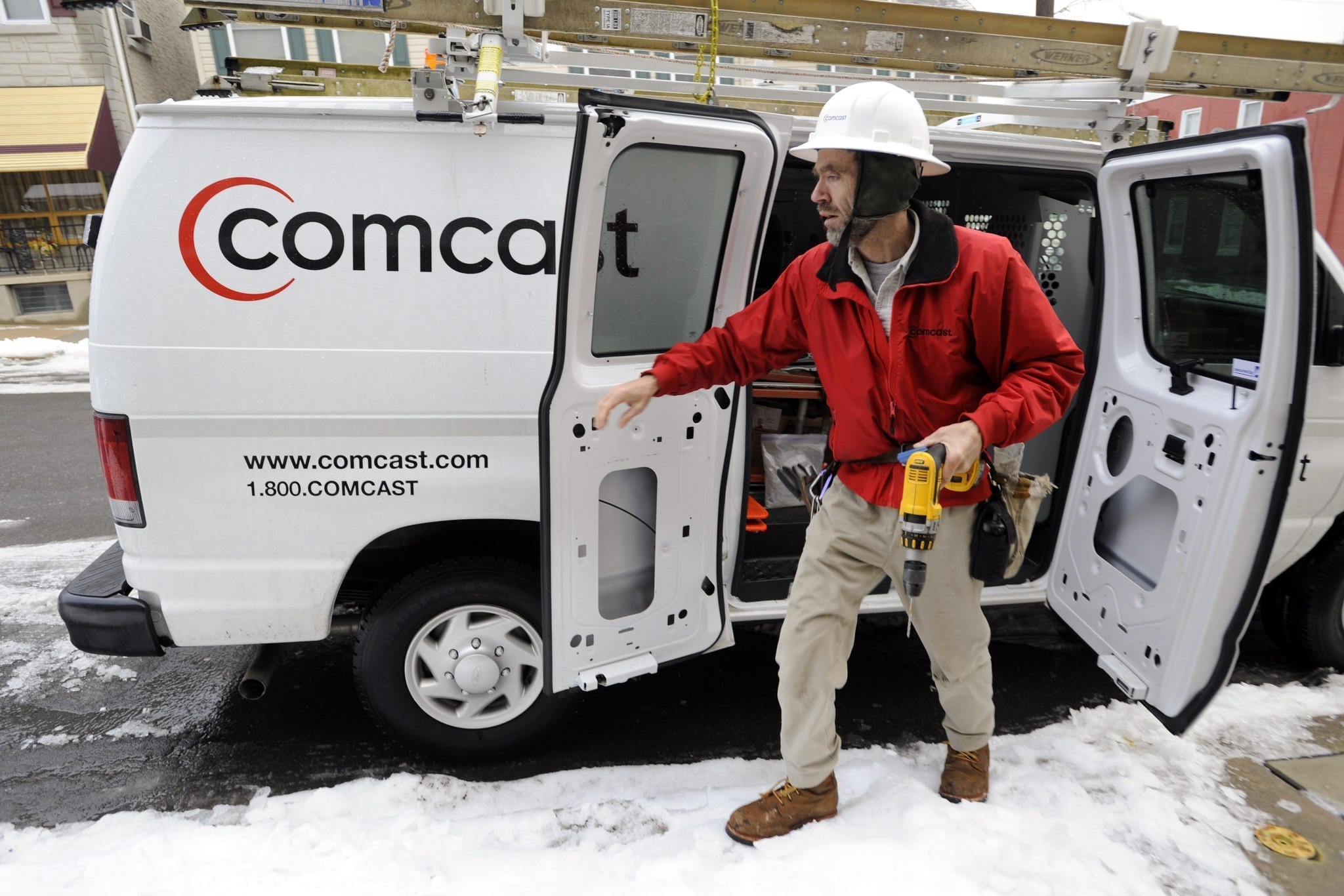Everybody loves to hate on Comcast. The telecom giant saw an unwelcome addition to its club of naysayers in early August. Bob Ferguson, the attorney general of Washington State, filed a lawsuit which has refused to shrink. He claims the company deceived a half-million customers in the Pacific Northwest, refusing to change its ways until receiving an invitation to a Seattle courthouse. Today, the judge presiding over the case declined to toss out the Comcast consumer lawsuit, which might cost the multi-service provider up to $3.6 billion in penalties.
The Attorney General made his case based on a multitude of complaints. Subscribers who opted into a protection plan were promised home and office service calls free of charge. The so-called “Comcast Guarantee” has netted hefty profits since at least 2011. For only $4.99 per month, customers were told they’d receive a sort of equipment and reliability insurance, covering the cost of an employee working with wires and correcting outages.
Ferguson and his team charge that the product Comcast offered was not what it delivered. All the guarantee apparently netted was a free-of-charge visit – if a router was damaged or a handful of cables needed replacing, a bill would be sent soon after the technician departed. Sometimes even the house call by itself would be rung up or compensated by fees.
Taking a look at the terms and conditions of the agreement does little to reduce confusion. The language Comcast used to detail the benefits and limitations of its Service Protection Plan seemed intentionally designed to obfuscate its shortcomings and play to its few strengths. Consumerist published a screenshot of the SPP’s definitions, terms, and conditions, as originally shown on the Xfinity website. Nine paragraphs are what it apparently takes to establish what customers are actually paying for, with many sections of the T&C referring back to others.

Consumers are normally made to shoulder responsibility for failing to understand an ironclad set of rules, regardless of whether or not they’re made easily readable or even particularly accessible. Part of Washington’s argument relates specifically to how Comcast advertised and sold its Service Protection Plans. The complaint filed in King County Superior Court refers to instances in which customer service representatives were either instructed or individually chose to misrepresent what the guarantee entails.
One chunk of text, which ARS Technica deems was part of a sales pitch script, reads:
“[S]ubscribing to [the SPP] will cover call charges that require repairs to cable TV, high-speed internet, or telephone wiring inside your home.”
However, the T&C explained by Xfinity on behalf of Comcast draws a fine distinction between in-home wiring and “inside wiring,” with only the former being unbillable per the SPP. More alarming is the fact that statements were not followed up with prompts for prospective customers to read or access explanatory text online. Instead, wide nets were cast as employees trawled for a catch, with representatives expounding how purchasers could have “confidence” that Comcast would cover “all chargeable service calls” for multiple lines and products. In practice and in reality, technicians would assign certain codes on various home calls, some of which would result in “chargeable fees” and other of which would fall under classifications such as “customer education” fees (apparently Comcast wants extra money to explain to its subscribers how their routers and cables should be used).
To Comcast’s credit, they did make amendments to their policies and sales scripts. The terms and conditions for the Service Protection Plan on the Xfinity website are now slightly more intelligible and upfront about what is covered and what isn’t. That may not be enough for Bob Ferguson, though, who believes the only reason Comcast bothered to become transparent is because movement for litigation had been filed. Comcast’s practices allegedly violated customer-protection laws “almost two million times.”
Nobody really seems to have much love for Comcast and its customer service and retention policies. Low satisfaction ratings and numerous complaints may now whack the telecom provider to the tune of billions of dollars.
Sources
Comcast Fights Back Against Washington State’s Potential $3.6B Deceptive Service Plan Lawsuit
Comcast sued for $100M by Washington state AG, alleging 1.8M violations of consumer protection law
How Comcast convinced customers to buy “near-worthless” service plans
Washington state judge keeps alive $3B consumer lawsuit against Comcast


Join the conversation!